Under the Hair follicles understand the structures that surround the hair follicle. The hair follicle is used to anchor the hair in the skin.
What are hair follicles?
The hair follicle is the body structure that surrounds the human hair follicle. It is also called the hair follicle. Human hair is made up of cornified layers of skin cells.
Like the nails, the hair is also part of the skin appendages. Important components of the hair are the hair shaft, the hair bulb and the hair root. Anatomists refer to the hair shaft as the visible section of hair protruding from the skin. The hair root is anchored in the skin and extends into the dermis and sometimes also into the subcutaneous tissue. In the hair bulb, a bulb-like thickening, the hair root comes to an end. The root is located in the hair follicle that forms the root sheath. Next to the hair follicle there is a sebum gland whose functions include greasing the hair.
The number of hair follicles varies depending on the body region. Most of the follicles are present on the forehead. There are around 1200 hair follicles per square centimeter.
Anatomy & structure
The human hair follicle is made up of two layers. These are the outer epithelial hair root sheath and the inner epithelial hair root sheath, which surround the hair follicle along its length.
The outer hair root sheath can be classified as a continuation of the stratum germinativum epithelii (stratum basale epithelii) in the hair funnel. The hair funnel is a depression in the skin that has the shape of a funnel. It can be found in the area where the hair comes out of the skin. The hair region that runs inside the skin is surrounded by the outer hair root sheath. The same goes for the hair root. In addition, it serves as a covering for the inner epithelial hair root sheath. This has small horn scales that align themselves against the hair root, whereby the growing hair is fixed in the follicle.
The hair shaft and the hair root in the hair follicle are surrounded by the inner hair root sheath. The matrix cells located on the outer edge of the hair roots are responsible for the origin of the layer. The inner epithelial hair root sheath is made up of the cuticle, the Huxley layer and the Henle layer. While the cuticle forms the inner layer, the Henle layer marks the outer layer. The Huxley layer is the middle section of the inner hair root layer.
The cells of the inner epithelial hair root layer also develop cornification, which means that the hair is firmly attached to the hair follicle. While the horn scales are directed against the hair root, the hair scales, on the other hand, point towards the tip of the hair. In this way they can be interlinked. Several glands come together within the hair follicle. These produce sebum and other substances such as fragrances and release them.
Function & tasks
The tasks of the hair follicle include making hair. As early as the 6th week of pregnancy, around five million hair follicles are created. However, after a person is born, no new follicles are formed.
In addition, not every hair follicle actually grows a hair. However, the follicle has the ability to produce multiple types of hair over the course of life. The expression of the hair follicles on a man's face does not begin until puberty, which ultimately leads to the growth of whiskers. In addition, pubic hair develops during this period. The hair follicle also ensures that the hair is anchored, giving it a firm hold. In addition, some glands open into the hair follicle. These produce sebum or substances such as fragrances.
The arrectores pilorum muscles, which are the hair follicle muscles, are located under the sebum glands of the hair follicle. They have the ability to set up human hair, which is noticeable through the development of so-called goose bumps.
Some fine nerve fibers also end in the hair follicle. They are important for the sense of touch and control the hair follicle muscles, which are sympathetically innervated.
You can find your medication here
➔ Medication for hair loss and baldnessDiseases
One of the most common problems affecting the hair follicle is inflammation of the hair roots (folliculitis). It is also called hair follicle inflammation. If the inflammation shows up on the whiskers, it is called folliculitis barbae.
Typical symptoms of folliculitis are reddened skin, swelling, severe itching and the formation of pustules. An abscess can also form. The disease begins with a slight inflammation on the hair follicle. As the disease progresses, painful nodules that are filled with pus often form. In addition, the inflammation of the roots of the hair can spread from one hair follicle to the next. The center of the pustules is typically penetrated by a hair. However, folliculitis is a harmless disease. Therapy is usually only required if the inflammation spreads to the entire hair follicle or if a boil, carbuncle or abscess occurs.
Inflammation of the hair follicle is caused by bacteria such as staphylococci. These occur naturally on human skin. Due to intense sweating or acne there is the risk that the hair follicle closes due to sebum or dead skin cells, which means that the germs find favorable conditions for their reproduction. In some cases, however, folliculitis is also triggered by a weakened immune system or certain previous illnesses such as diabetes mellitus.

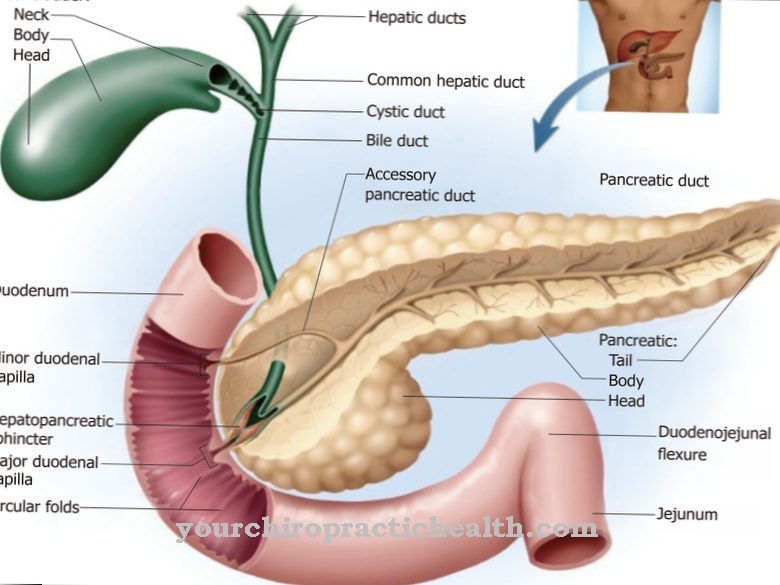
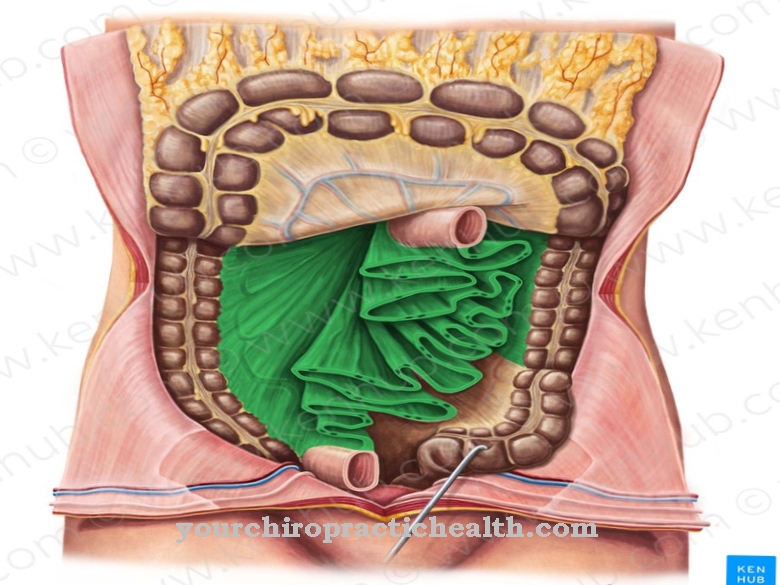
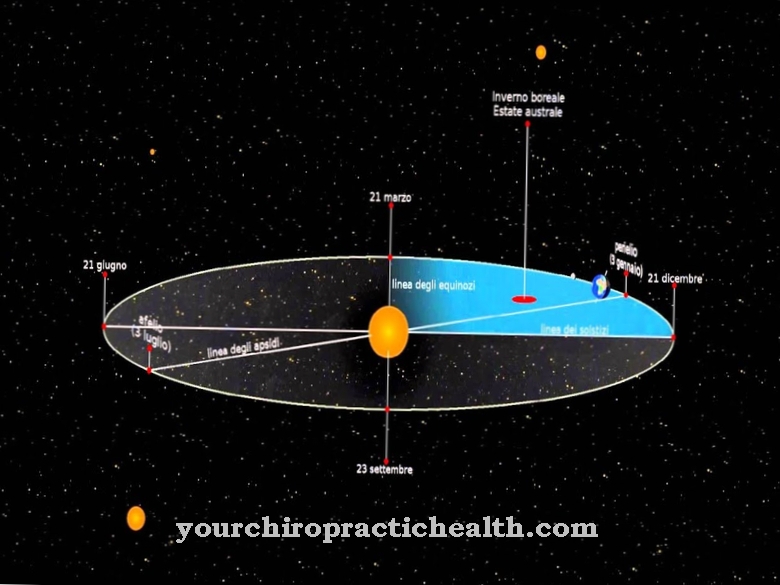

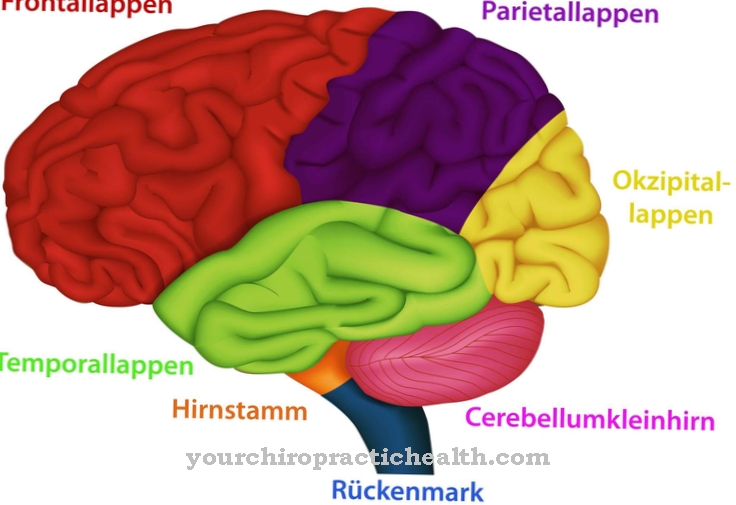
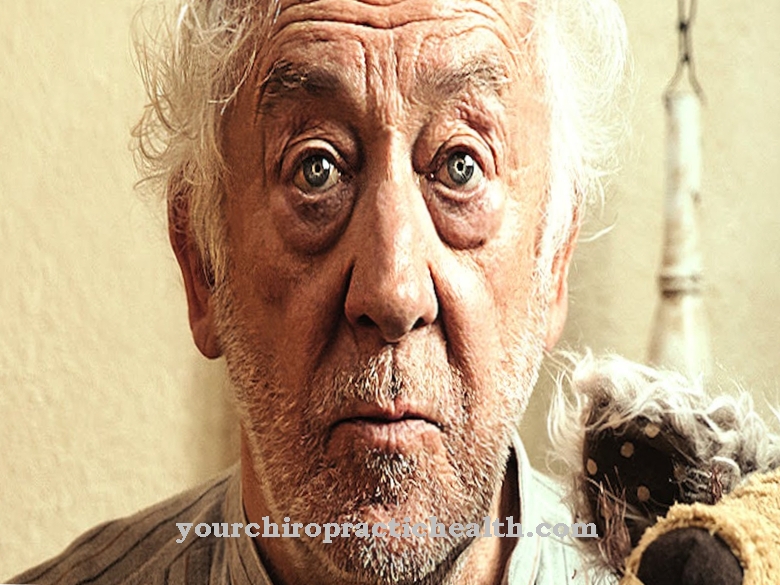

















.jpg)



